The Walt Disney Company is no stranger to lawsuits, and it seems they’ll now have to face another one.
Disney is currently involved in 2 lawsuits (one related to Disneyland and another related to Disney World) about its Park Pass system. Lawsuits have also been brought against Disney in relation to the Rise of the Resistance ride design and even movie releases. But now a huge Disney system is the subject of a lawsuit — this time, it’s all about Genie+.
According to the Orlando Business Journal, Genie and Genie+ are the key things at issue in a recent lawsuit filed in the U.S. District Court for the Middle District of Florida (Fort Meyers Division).
Let’s go over the key things you need to know.
Who brought this lawsuit?
The lawsuit was filed by Agile Journeys LLC, a Glendale, California-based company.
What does the lawsuit allege?
The lawsuit claims that Disney infringed upon one of Agile Journeys’ patents in relation to Genie and Genie+.
The Agile Journeys patent at issue was published in 2002 and is called “Method and Apparatus for Providing Visitors with a Personalized Itinerary and Managed Access to Attractions.”
What is the patent about?
That patent notes that it is for a method of “creating itineraries for a party of visitors to a facility, the facility having multiple attractions.” Under the method provided by the patent, “Visitors give answers to questions about their preferences, which is combined with authoritative information about their admission privileges, and information stored about the attractions and facility, to generate an itinerary.”
It specifies that this method “can be executed by a portable, handheld computer which asks the questions, accepts the answers, and processes them into an itinerary which is both portable and dynamic, adjusting in real time to schedule changes and unscheduled attraction closures.”
It specifies that the patent relates to a system that would actually create a personalized itinerary to a facility that “provides managed access to attractions at the facility.”
The patent notes that a tourist wants to see and do the most interesting things but also not be inconvenienced that much. But the place the tourist is visiting (like a theme park) might have many rides, restaurants, stores, shows, etc. That hits the tourist with too much information.
A tour guide could fix the situation and give the tourist the trip of their dreams, but there is a high cost with having and paying for lots of tour guides. Self-guided tours are good, but can’t be customized. So, the patent explains, there is a need to understand people’s needs and customize an itinerary for them.
The patent even discusses Disney directly in talking about how other factors impact tourist visits — like long lines. The patent notes that Disney was (at that time) using FastPass, essentially an “express pass” service. They also note how there are other systems that can manage queue times. And they discuss the fact that virtual queuing has significant advantages, but visitors will have to know to visit a ride to claim a spot in the virtual queue or otherwise know how to join. Tourists might not know where a ride is located or even what rides are available, or they might make reservations consecutively for rides that are separated far away from one another.
They go on to discuss how Disney worked to “manage” the demand for each ride in the past by selling its A-E ticket books, and how, because there was only a limited supply of E-coupons for each visitor, Disney could “restrain excessive demand” for those popular attractions.
With FastPass, however, a popular ride’s reservations might “sell out” within an hour of the park’s opening. So, they determined “A system and method is needed which will redistribute demand for attractions efficiently, so that a facility is better able to spread demand for its attractions.”
The patent goes on to explain that there are route-planning systems available, but there are certain disadvantages to them. Critically, it says that these systems don’t address certain tourist needs. For example, they point out, “Someone unfamiliar with Disneyland may well wonder whether “Fantasmic” is a turbulent roller coaster, a song-and-dance gala stage presentation, or a fireworks show…It would take a long time to assimilate and consider the rest of the 60 attractions at Disneyland to determine a short list of suitable and most desirable attractions to visit.”
So they note that a system is needed to allow an “unfamiliar visitor to receive a near optimal experience, suited to his (or his party’s) tastes, schedule, needs, and limitations.”
They note that the system needs to consider the party’s needs and limitations, the spatial and temporal situation of the party, and the demand for attractions (such that demand can be moderated and diffused as needed).
Under the patented system, a person would complete a profile that details the party they’ll be traveling with. The profile might also have information about the things the party likes or doesn’t like — thrill rides, particular themes, etc. “Each attraction within a facility is rated against each factor or certain combinations of factors, in the profile.” Then, an itinerary is created which could feature times to visit attractions (attractions with a higher rating for that family’s likes would be given preference).
The itinerary could be flexible, schedule more time between events if the party is particularly large, take into account the routing between attractions, and more.
It goes on to explain that the invention could also help the guests manage a virtual queue, present marketing promotions to a party (like promoting certain stores when a party is next to it), and provide suggestions for what to do between certain events.
The system would be able to “dynamically accommodate an interruption in the sequence of events,” and let the operator of the facility “diffuse demand for attractions.”
Within the patent application, you can see images depicting a device that asks questions about the party like how late they plan to stay, and if there are certain specific things with that party (like a wheelchair).
It also depicts a schedule with some attractions in the itinerary.
Another image shows how the system could display the current event attraction name, and how touching it could bring up a pass form that shows the person’s reservation or access permission.
There’s a LOT more to the patent but at the end they summarize their invention as being “A method for generating an itinerary for a party visiting a facility having attractions comprising the steps of loading a set of data representing the facility and the attractions; collecting information about the party; generating an itinerary using the information about the party and the set of data representing the facility and the attractions; and, providing the itinerary to the party.”
The free Genie system does in fact create dynamic itineraries for guests after guests input their preferences and other information into the My Disney Experience app via their electronic devices. Essentially, you tell Genie what types of things you want to go on and what things you like.
You can also tell Genie that you’ll be park hopping and give it more information. Based on that information, it will devise a personalized itinerary, guiding you throughout your day. As the day goes on, the itinerary may change due to expected wait times or other factors.
Certain things may pop up during your day, advising you about nearby food or ride offerings.
Genie+, on the other hand, is a paid version of the FastPass+ system — allowing guests to make “reservations” to return to rides and skip the standby lines for those rides.
We have discussed in the past how Genie is utilized to control guests in a big way.
As The Wall Street Journal reported, the Disney parks each have an operation center with a “heat map.” That map tells operators where Genie+ users are in the parks (with GPS technology). The park operators then use this information to direct traffic by notifying guests about the shortest lines and food and merchandise promotions to spread crowds out around the park.
This is meant to improve guests’ experience. As Josh D’Amaro, the Chairman of Disney Parks, Experiences, and Products, explained “If I’m seeing too much activity on the west side, I’m able to spread where I direct people to the east side. Our attractions will be load-balanced better, and lines will be shorter, and what that means is the experience will be better.”
More About What the Lawsuit Alleges
The lawsuit alleges that Disney has and continues to infringe on the patent through its use of Genie and Genie+. It also claims that Disney was aware of Agile Journeys’ technology and that the co-inventor of the patent (William Gibbens Redmann) was “in contact” with Disney’s representatives about the patent.
In the lawsuit, there are reportedly emails sent between Disney’s representatives and Redmann where they discuss the technology.
The lawsuit alleges that Disney also tried to patent its own system at various times. The lawsuit alleges that there were “rejected” applications or applications where Agile Journeys’ patent was cited as the Disney patent was being reviewed.
As of December 5th, Disney reportedly did not have an attorney listed within the documents related to this court case.
What They Want
The Plaintiff seeks a judgment declaring that Disney infringed on one or more claims of the patent, as well as a judgment and order that would require Disney to pay Agile Journeys: (1) enhanced damages for this infringement, and (2) royalties in the future.
What Next?
In terms of what’s next, we’ll have to wait and see what Disney files in response to this lawsuit. What do you think? Do the Genie and Genie+ systems sound like they infringe on the patented technology? Tell us your thoughts in the comments.
For full details about Genie and Genie+, click here. And stay tuned for more news!
All About Disney Genie, Genie+, and Individual Attraction Selection
BIG Genie+ Changes Being Planned For Disney World
FULL List of Rides Included With Genie+ in Disney World
3 Tips to OUTSMART Genie+ in Disney World Right Now
Please Stop Skipping These Genie+ Hacks in Disney World (They Really Work!)
Genie+ Tips for the Most Crowded Days in Disney World and Disneyland
Click HERE to See More About Disney Genie
Join the DFB Newsletter To Get All the Latest Disney News Delivered Right to Your Inbox! Click here to Subscribe
What do you think about the allegations in this lawsuit? Tell us in the comments.


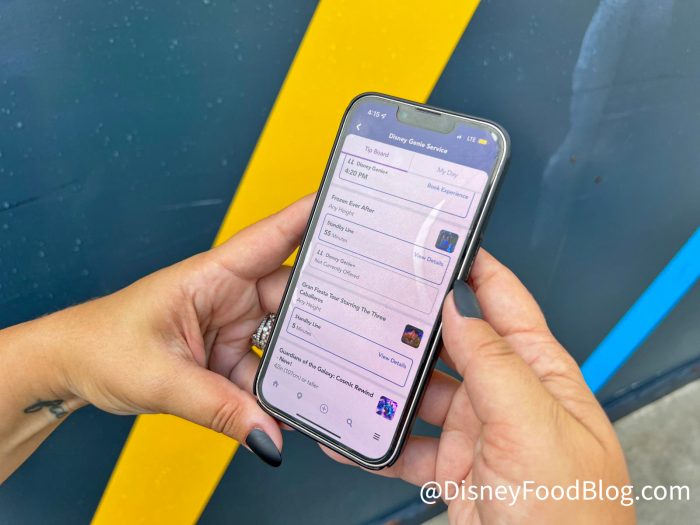
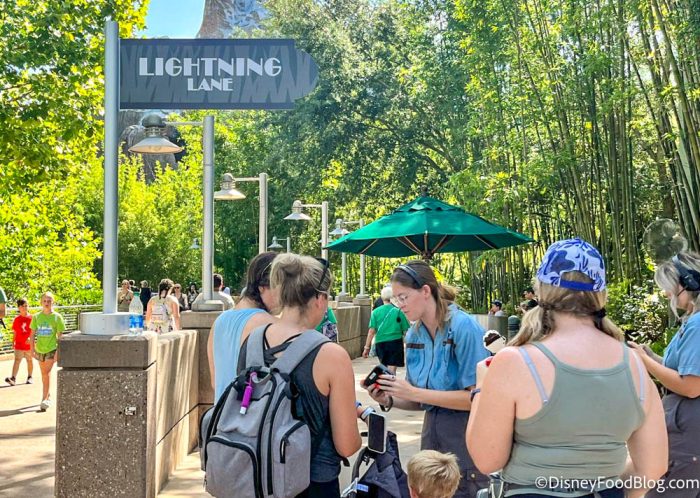
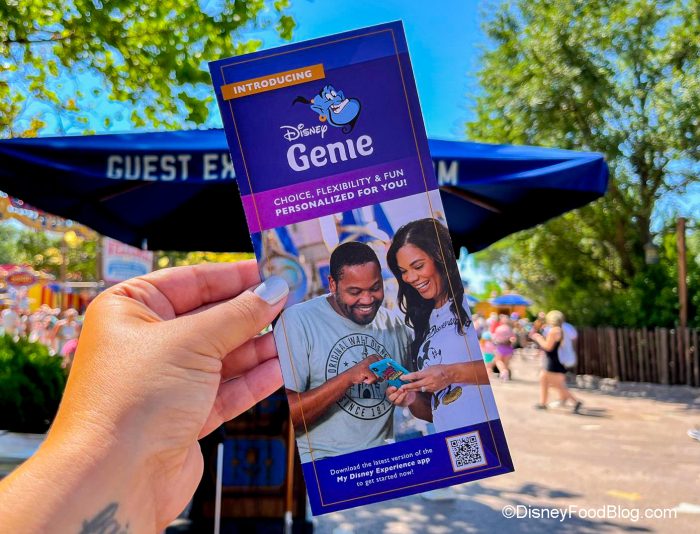
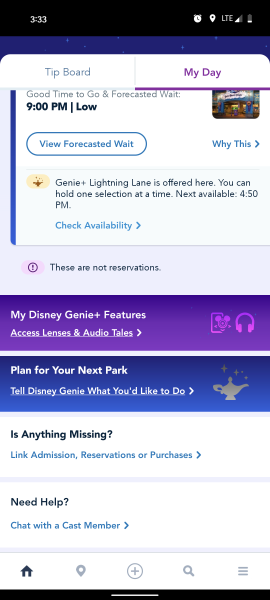
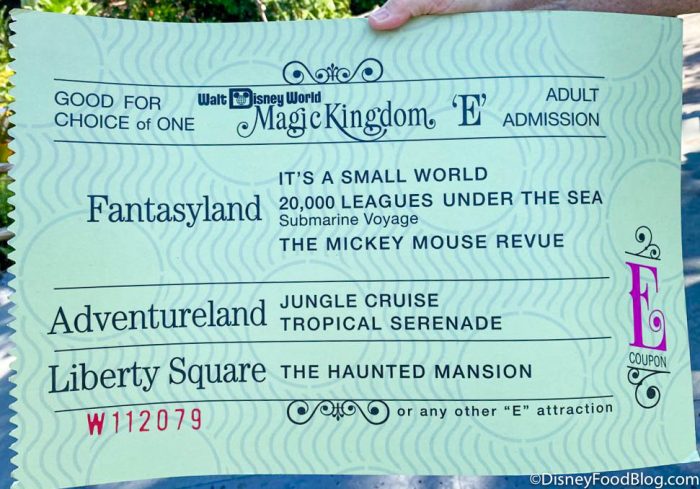
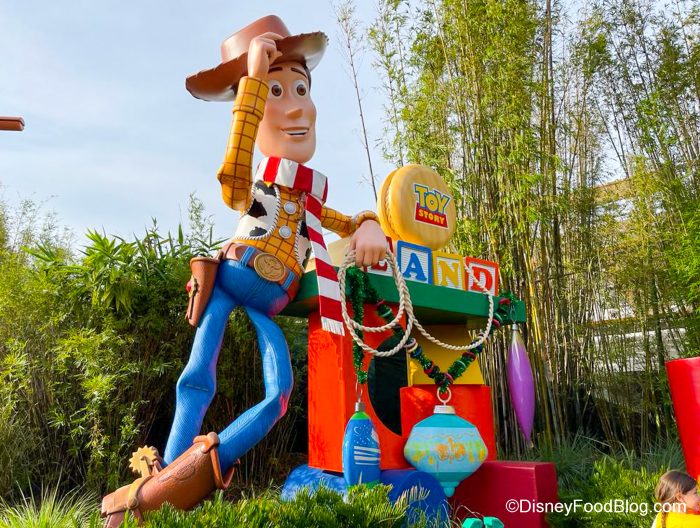
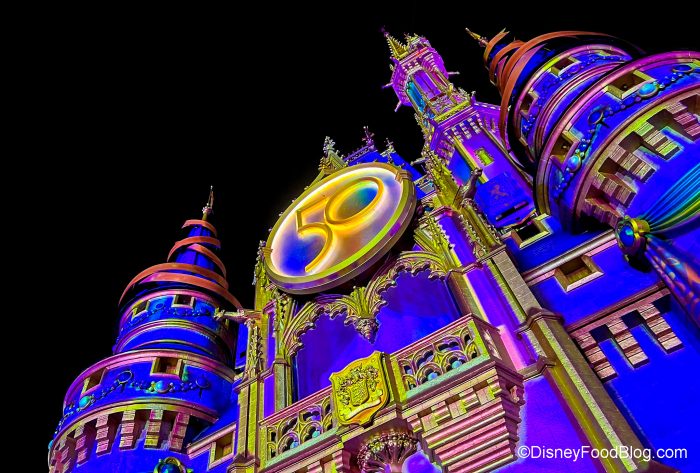
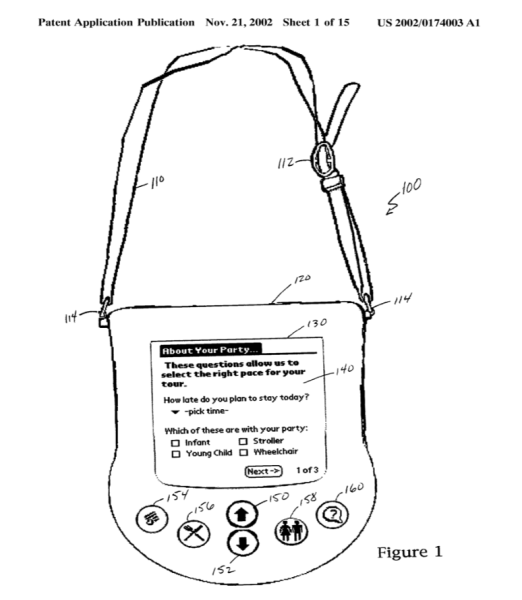
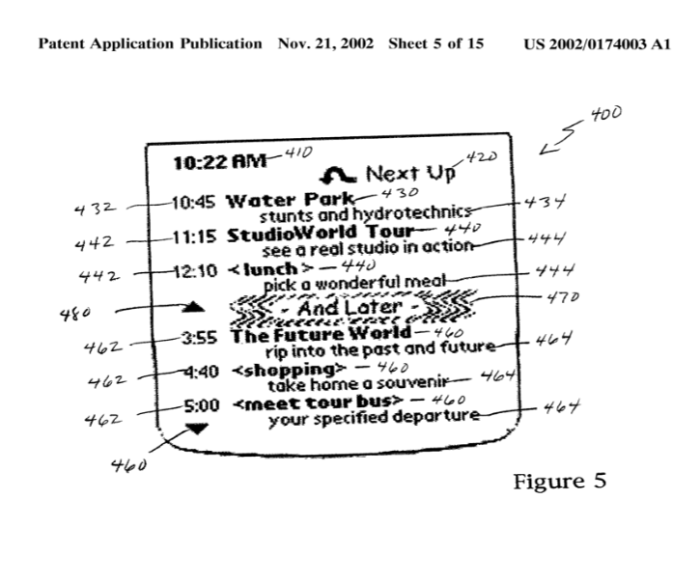
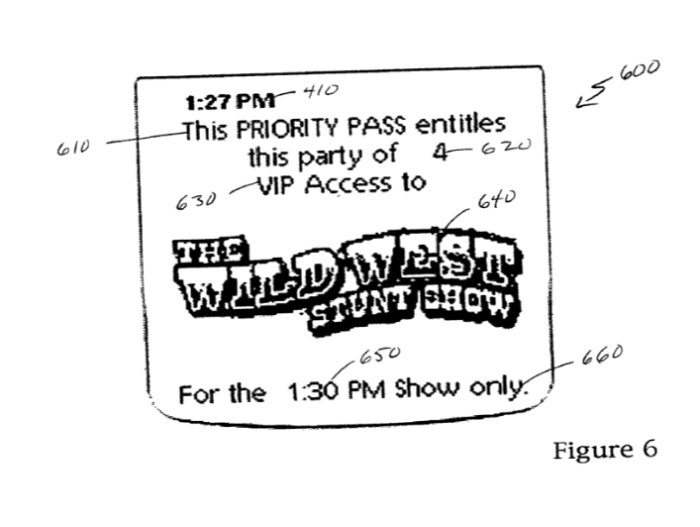
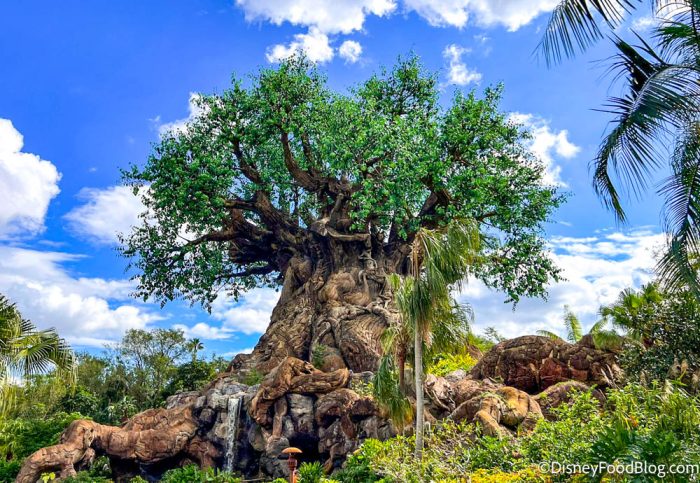

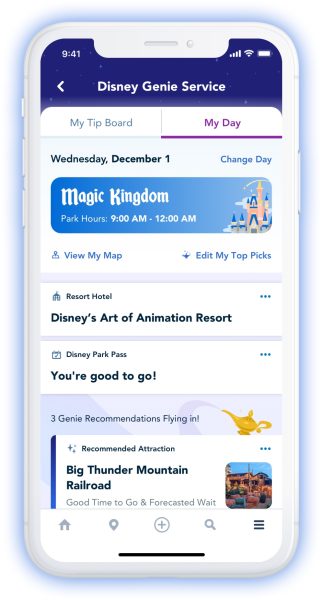
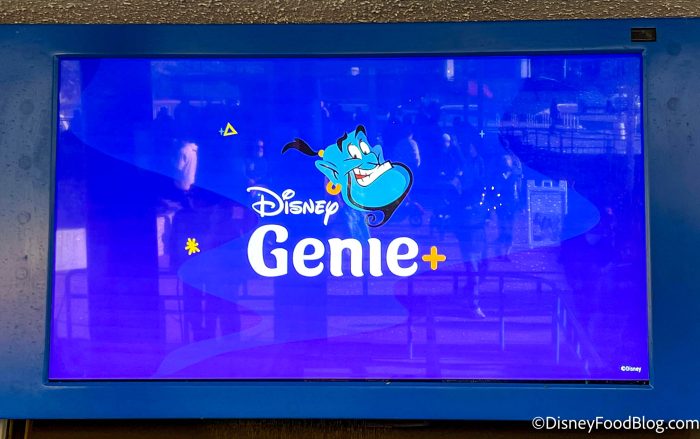
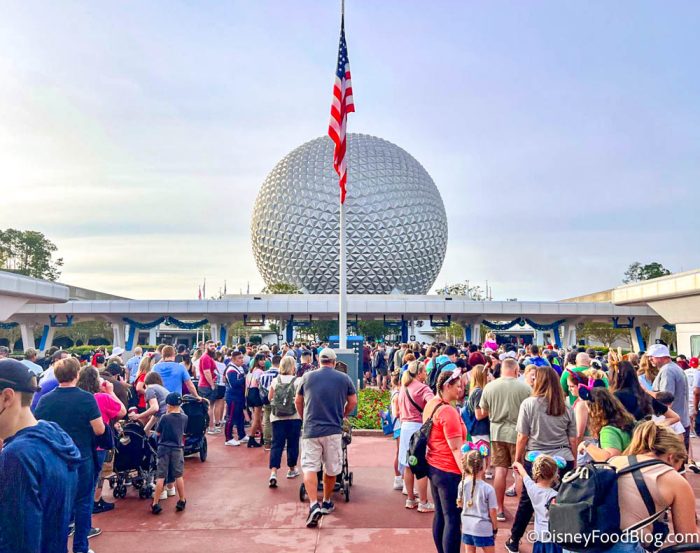
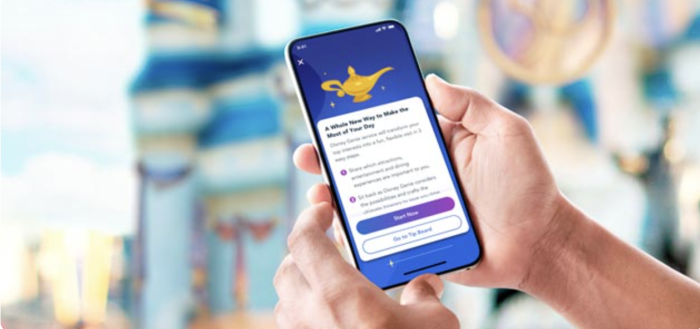
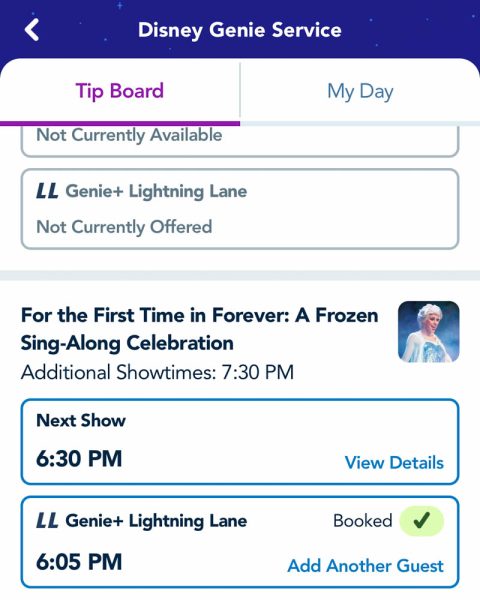







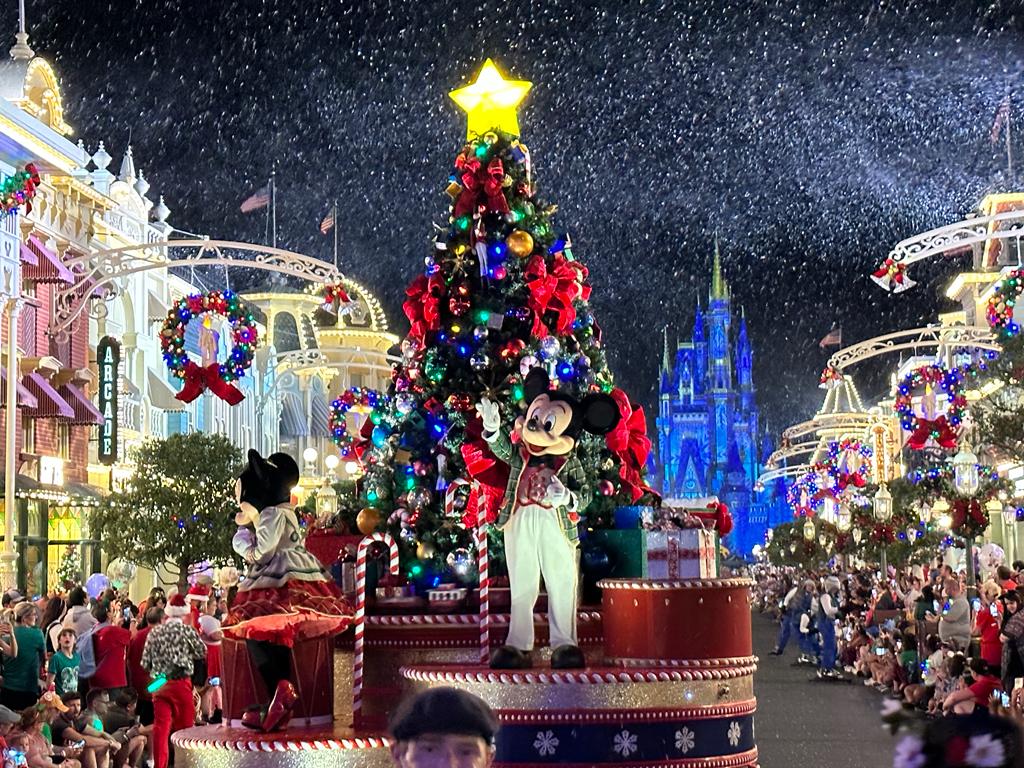
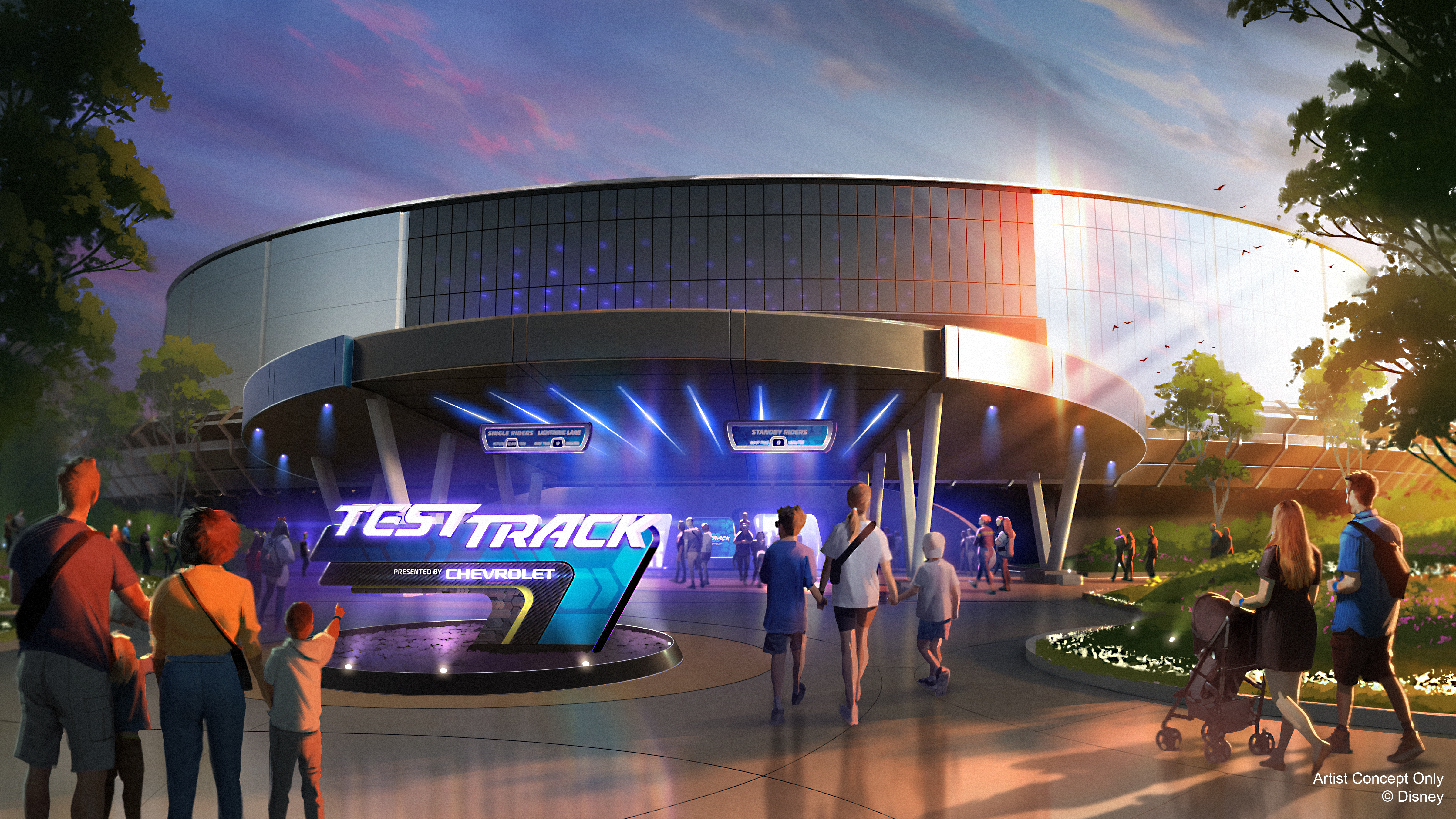

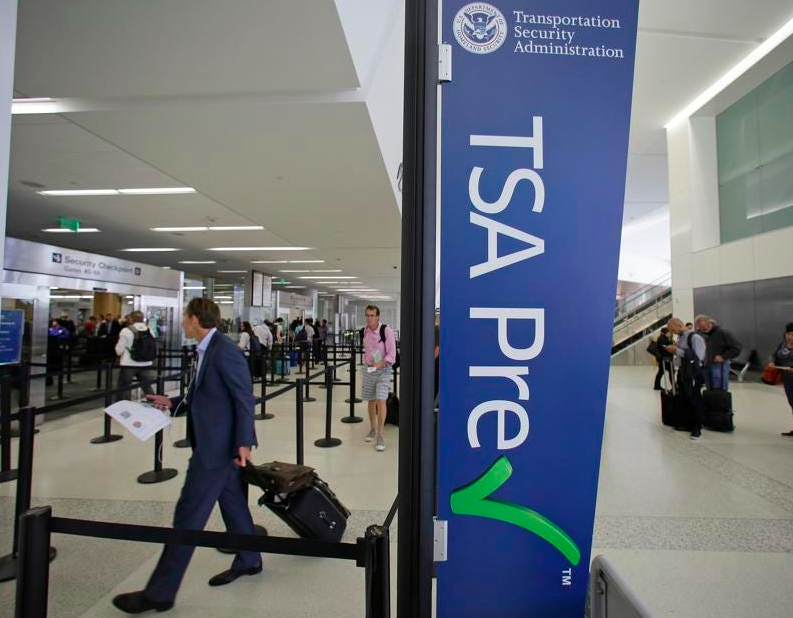
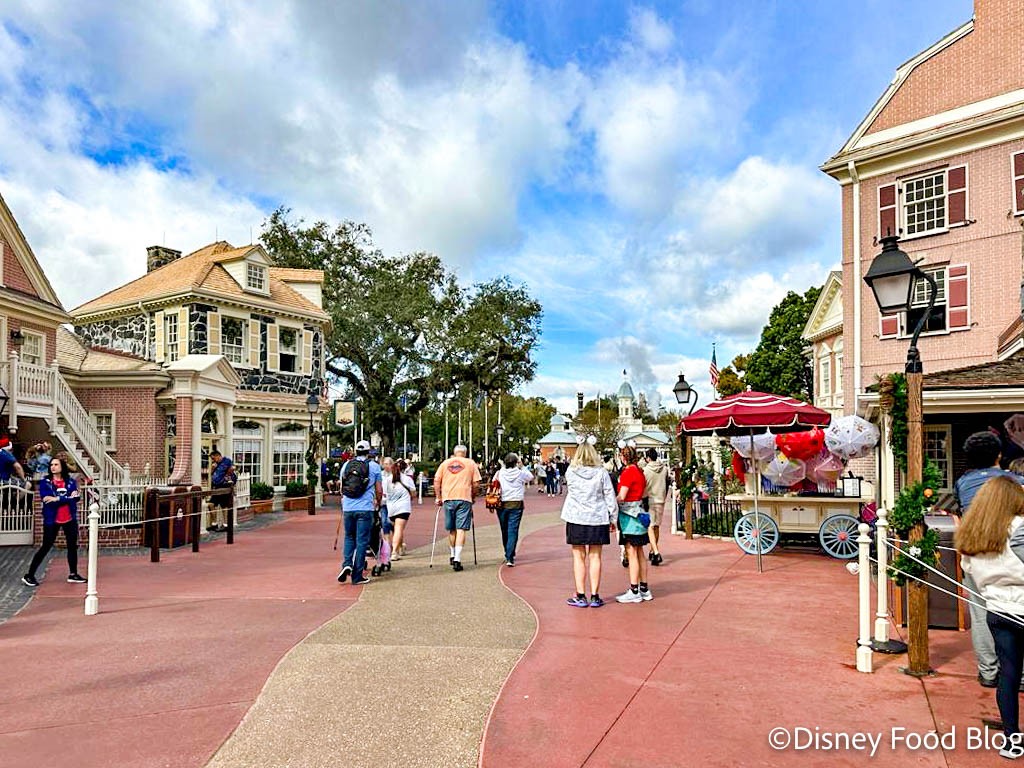


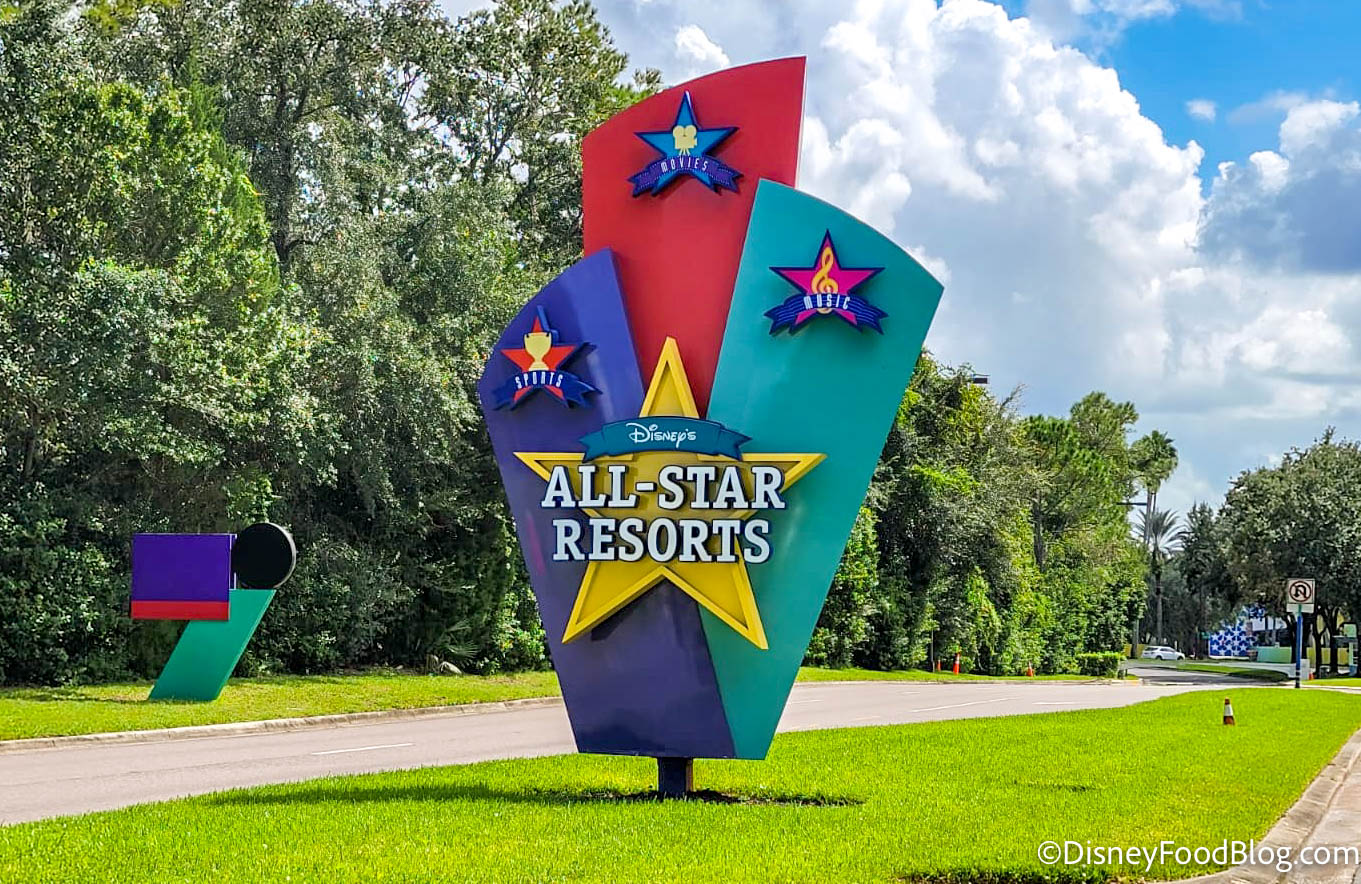
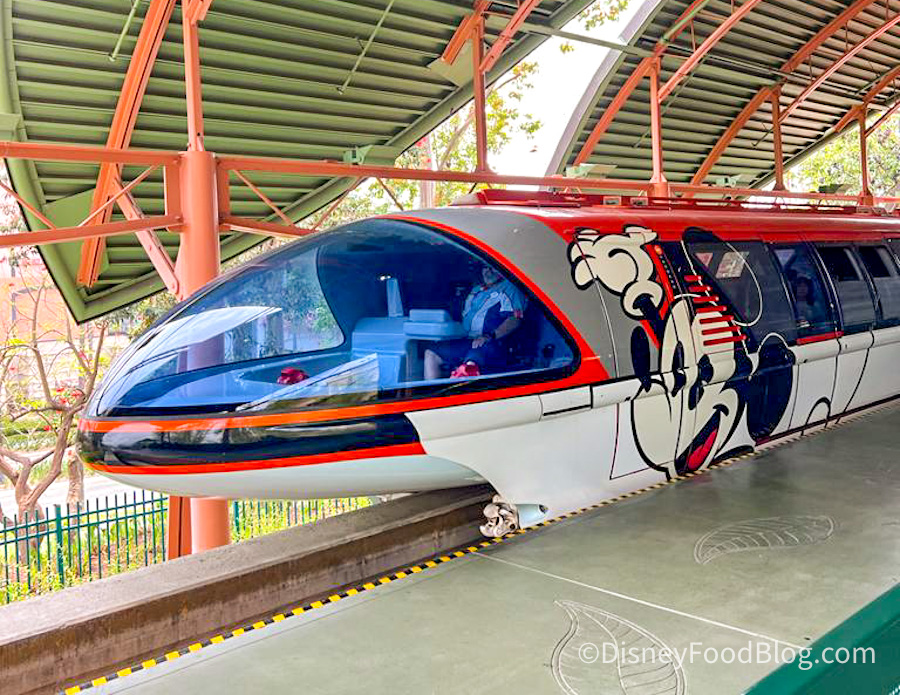




 Our handy (and portable!) ebook guides make sure you get the best deals and can plan a vacation of a lifetime.
Our handy (and portable!) ebook guides make sure you get the best deals and can plan a vacation of a lifetime.
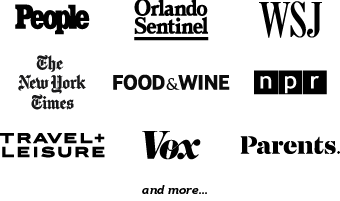
I think the lawsuit should be about how you pay $30 extra bucks per person to get through the line quicker…. when in reality the standard line is much faster in many cases. Its a total rip off.
It sounds like it’s a direct patent infringement. He more you read, the more clear it is.
Maybe now Disney will get rid of Genie+!! One can only hope!
I was at Disneyland in September. The last day was extremely busy. By noon there were signs around the park stating the the reservation system was full for the day . So if you didn’t have ride reservations made by noon. You were out of luck for the day.
We need to go back to the Fast Pass system. Not only was it easier but also free and flexible. You could get 3 fast passes on your phone, then after those three, go to a kiosk and more, 1 at a time.
I’m kinda surprised that this software application is/was able to get a patent. Sounds like smart programming to me, which more than one person can turn the same idea into a similar product.
Definitely sounds like patent infringement and that Disney actually knew it was. It would be best to go back to the fast pass system and stop forcing people to use their phones to book rides.
A couple of factors for consideration: First, did Agile Journeys ever complete a working prototype of their system? Without reducing the patent to practice, it becomes invalid. Second, in the US, a patent is usually only issued for 20 years. As such, that patent has probably already expired, although they could make a claim for perhaps one or two years of infringement, which limits the amount of damages in question. Disney has no incentive to license an expired patent for future use.
Well this is a lose-lose situation (Kobiyashi Maru for us Trek fans) for Disney. They either pay out royalties for each time someone uses Genie/Genie+ or Disney gives up the system. I don’t see Disney winning this, as the Patent Office rejected Disney’s patent application for it’s own version of the software.
But just like taxes, the customers will feel the heat from Disney’s loss.
There seems to be many apps that can do similar things for tourists, imo. To me, based on the few details provided here and with the drawing, seems they were getting a patent for the portable device (hardware) with the software. The device might be a harder sell vs the phone we already have, although many of us have bought into the magic bands in their various forms, so…. That was just my first thoughts.
They do sound awfully similar. Hopefully the judge is a Disney fan and makes Disney abandon Genie+ and go back to regular FastPasses! (Kidding, sort of).
PalmLife: That is what I am hoping for. Instead of paying royalties, hopefully they will get rid of it all together.
I hate this new system. I am “Julie the cruise director “ and having to to get up hours early and purchase this “crap” then start trying to schedule rides is a planners NIGHTMARE! It’s so unfair to those who plan their trips and then get to relax on their own vacation. Now I spend EVERY am of MY vacation “planning” when I would have had it done 60 days ago. DISNEY, I HOPE YOU ARE LISTENING! I’ve decreased my visits because of Genie + 😞😡
This system has been tagged with criticism from the beginning. Yes, more than one person can develop similar ideas. But when there is a litany of parallels it doesn’t seem impossible that infringement occurred. Essentially if something has been a source of discontent for the those who keep your business alive, can it!!!
In response to Barry’s comment: my husband is a senior patent examiner and says “that’s not what reducing it to practice means…it doesn’t require a prototype.
While I’m not a fan of Genie or Genie+, I don’t see this as a copyright infringement. I had this idea in 2002 also. Talked about it every time I was in the park. But like me, this plaintiff has nothing more than an idea. Oh, and some doodles in a notebook. Until the ideas are acted upon in any kind of actionable way (say, a prototype, lines of code, app development, etc.) you have nothing more than a dream for something better than what you already have. If this man wins, I too will file a patent lawsuit for every “idea” I ever had whole being inconvenienced in the grocery store, the bank, while sitting in traffic! I know the difference is that this plaintiff actually applied for a patent for his idea. (Which, can we all agree is ridiculous?!) so get ready US Patent Office. I have stacks and stacks of sticky notes and I’m not afraid to use them!!
Disney and everyone remember a short time ago in 2019.
1. The Wonderful Magical Express
2. Free Fast Pass (three rides scheduled months before arrival at Disney World And One At A Time Thereafter)
3. No Genie Plus
4. No Lightening Lane
5. Crowds No Larger Than Today In 2022.
6. Lower Prices For Everything
WHAT CHANGED DISNEY IN THREE YEARS
A lawsuit of a patent troll company, who wrote an idea on paper that they hoped would likely be implemented in the future. It also sounds a lot like what touring plan companies do, except that they can’t influence current queues or visitor spreads like Genie does.
Without having implemented a practical tool of their own I don’t see much chance for this company to succeed, but may be Disney will throw them a few million dollars to make this go away.
The patent is slightly different, and those differences are pretty significant—the schedule management plan has been around for years.
Mmm… 1999 and we were utilizing almost the same system on our phones with managing FastPass+ … six flags had the bad held version of flash pass by 2001 … touring plans calculating a daily itinerary for goodness how long? They didn’t have something unique. So they got a patent based on other companies existing practices that were squashed together is what I see. I think it will be a tough one to win.
I have been planning a trip to Disney for March 2023. I have read so many reviews and they were not good. No magical express no fast passes. Now with the extra costs I think I will look for a different vacation spot.
Carolyn says
I have been planning a trip to Disney for March 2023.
March is also the busiest (most crowded) month of the year at Disney. Both locals and out of state guests come to Disney for Spring Break. If you want wall to wall people everywhere, you should probably plan for a different time or place.